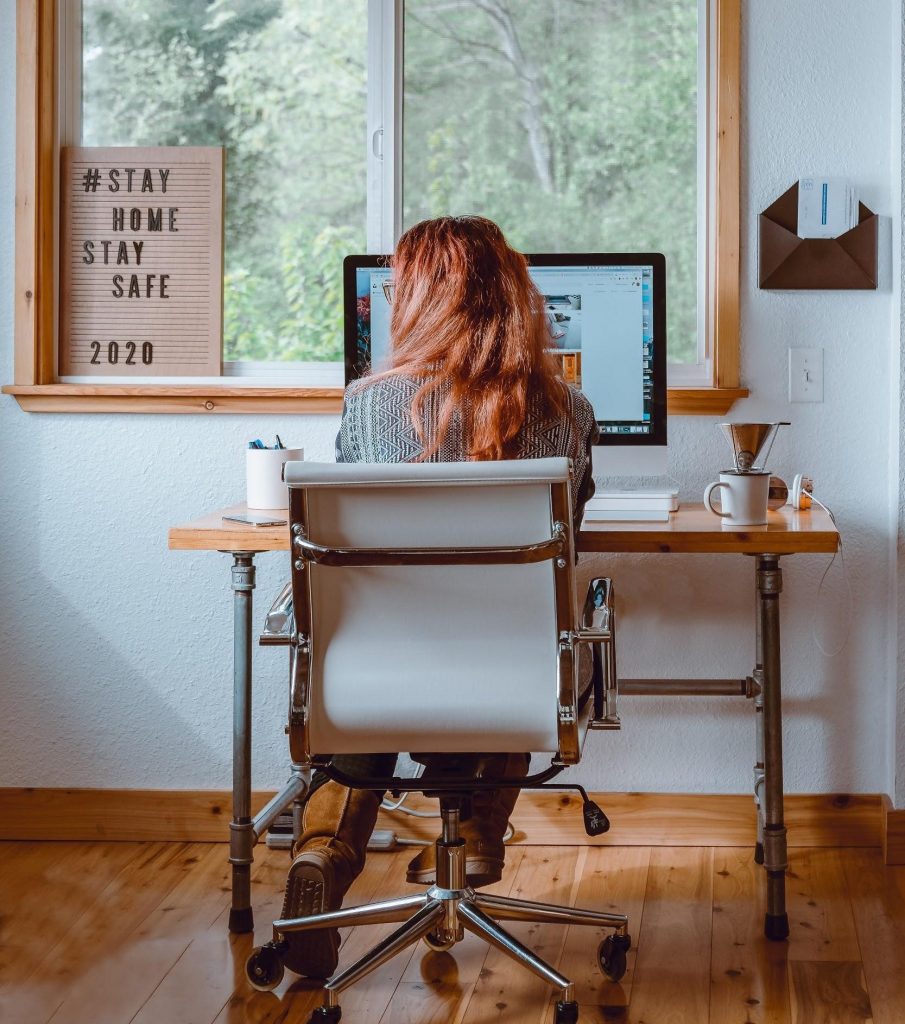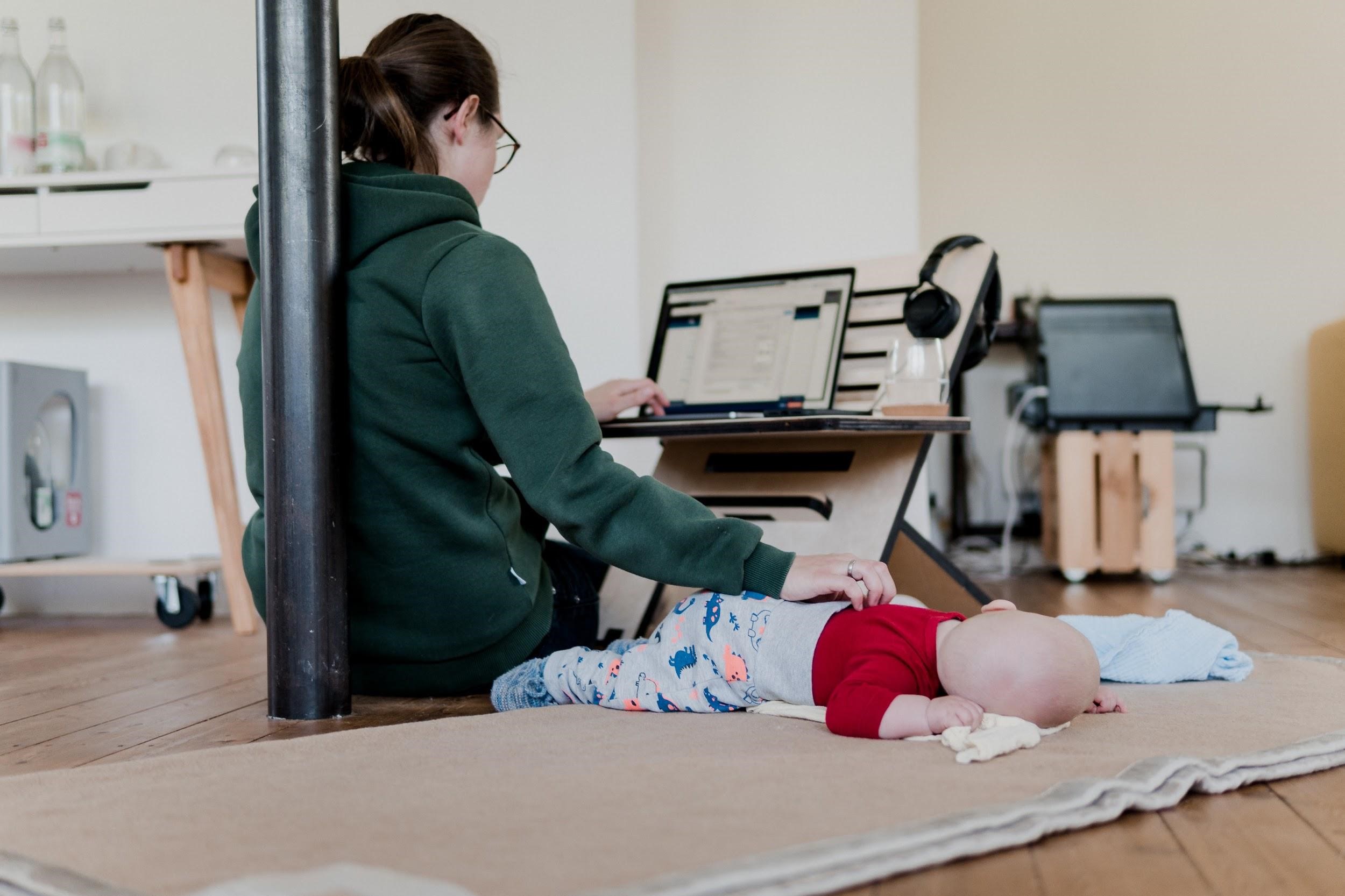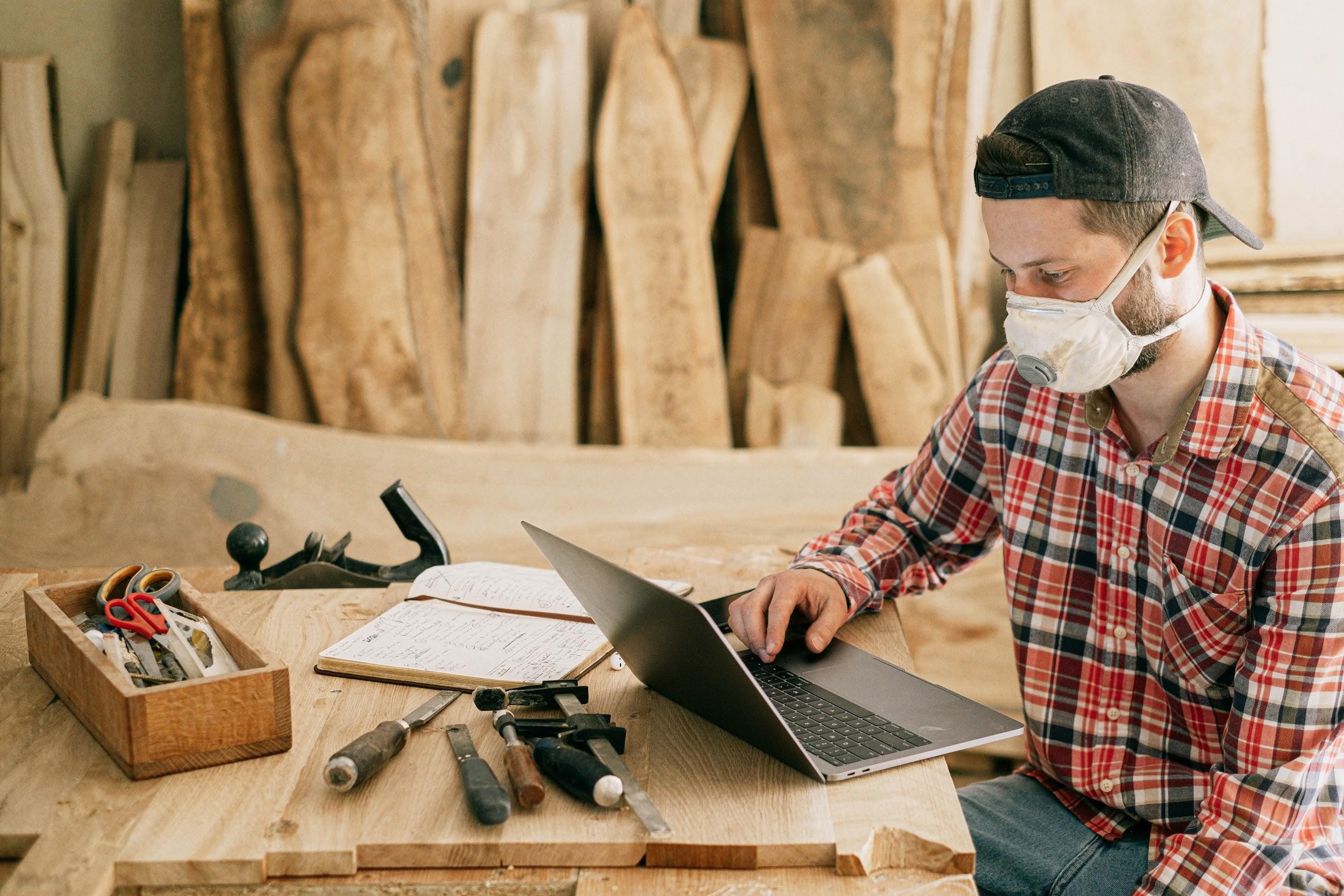Posted by Bridget Chaney, Marketing Coordinator Red House Design Build and PR Committee Member
Like it or not, the definition of the workplace changed forever this year. Working from home has become an essential weapon in keeping our communities and economy healthy. Some of these changes will be permanent, affectively making the future of working at home a reality.
When the pandemic is over, one in six workers is estimated to continue to work from home, at least partially, according to a recent survey by researchers at the Harvard Business School. And that expectation may differ from what employees want. According to Stewart Butterfield, CEO and co-founder of Slack:
“Our Future Forum research of 4,700 knowledge workers found the majority never want to go back to the old way of working. Only 12% want to return to full-time office work, and 72% want a hybrid remote-office model moving forward.”
Fear of exposure and of future pandemics will be a long term side-effect. Working from home has become a standard office benefit, an expectation for personal physical and mental health. Fear may also motivate people to move away from urban centers and avoid public transportation, causing employers to need to seek qualified candidates at a distance for remote work.

Photo credit: Tina Witherspoon
The Rise in Popularity of Working At Home
While the pandemic has been a large catalyst this year, working from home has been quickly accelerating in the United States over the last two decades. Research from FlexJobs found that the number of people in the United States who worked from home grew by an impressive 159 percent between 2005 and 2017.
New technology has made this shift possible. No longer is it necessary to live where you work. There has been wide adoption of cloud-based solutions like GSuite or Salesforce for work collaboration and advancement in video conferencing solutions like Zoom. Companies have made large investments in both time and money in implementing telecommuting technology.
Over the past year, we have all quickly become experts at video conferencing. We’ve fine-tuned our home offices and optimized our Zoom backgrounds. In short, we have all already invested in learning how to work from home. But where efficiencies abound, inequalities also become more apparent. Many Americans lack the facilities, equipment, or sufficient internet capacity to work effectively from home. This is an issue employers will have to find a solution for in the coming years.
Whether you’re an employer or an employee, the normalization of remote work has many silver linings. Freedom from commute times can add hours back to your day and helps the environment by cutting toxic emissions. The increased flexibility of optional working from home can prioritize work-life balance and family time, potentially leading to a happier workforce. It can also lessen the inequality gap between women and men by providing more opportunities for mothers who are historically more tied to non-paying child-rearing responsibilities at home.

Photo Credit: Standsom Worklifestyle
Personal choice of where one works has become essential. The pandemic has impacted every individual differently, so offering ways to support employees with the flexibility to work from home is a meaningful benefit. Whether it’s due to high-risk family members, homeschooled children, or understanding their fears, giving people the opportunity to work from home demonstrates that an employer cares.
The Future of Working from Home in the Remodeling Industry
So how does this shift impact the remodeling industry?
Industries such as tech, finance, and marketing are obvious options for the working-at-home model. But new contenders like telehealth and online learning are also quickly taking hold. Some industries, like construction and manual labor, will always operate face-to-face in some capacity. But more and more of us in the remodeling industry are finding new ways to go virtual.
By promoting online design sessions and virtual walk-throughs we are able to limit exposure to our staff and clients. Simultaneously, we can market these new services to busier clients for whom scheduling has always been difficult. These virtual offerings can be performed by administrative, sales, marketing, and design employees at home. Embracing remote services will lead to greater advancements in our industry over the next several years.

Photo credit: Ivan Samkov
Beyond our internal operations, new projects will emerge in the work from home world. We may see an influx of new types of clients, innovative uses of space, and more.
- USA Today found that interest in premium backyard sheds that can be converted into a home office has increased 400 percent since the start of the pandemic.
- Cheaper downtown real estate as offices downsize and populations spread out to suburban areas could also lead to an influx of new commercial projects.
- Adaptive reuse opportunities will pop up, like turning old office buildings into new residential living.
- As we have already seen this year, remote workers will spend more time in their houses and therefore, they will spend more money making it just right.
- A Nulab survey of remote workers shows that 72% are not yet working from a dedicated office space. As this shift becomes more permanent for some, home offices will become necessary and many will be willing to invest in a proper setup (or their employers might foot the bill).
- Companies that embrace a hybrid model that fluctuates between remote and in-office work will create more space for team meetings and will need less dedicated space for individuals to work.
Preparing for the Future
Some of us will miss the company, friendships, and regular social interaction. But with the reduction in traffic, mileage, pollution, and potential viral exposure, others will be hard to convince to come back into the office – especially now that they know their jobs can be completed at home. But don’t pack up and move just yet. Face-to-face interaction will always facilitate collaboration, build relationships, and generate new ideas. The future is about remaining flexible and being prepared for whatever unexpected events are to come.
